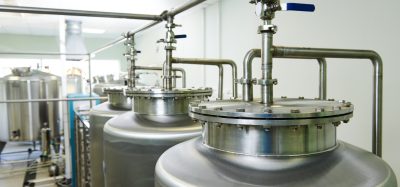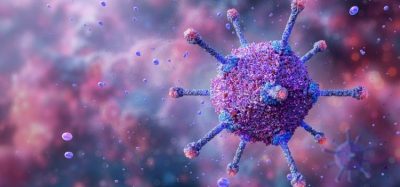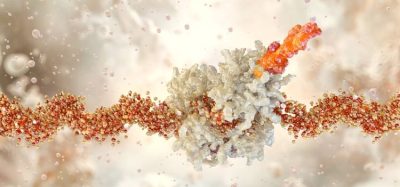FDA authorises new use of test to identify the emerging pathogen Candida auris
Posted: 25 April 2018 | European Pharmaceutical Review | No comments yet
The FDA has authorised the first test to identify the emerging pathogen Candida auris, which can cause serious infections in hospitalised patients…


The US Food and Drug Administration has authorised the first test to identify the emerging pathogen Candida auris (C. auris), which can cause serious infections in hospitalised patients.
Specifically, the FDA permitted marketing for a new use of the BRUKER MALDI Biotyper CA system for the identification of C. auris, adding to the system’s already cleared uses for the identification of 333 species or species groups, covering 424 clinically relevant bacteria and yeast species.
C. auris is a yeast that can cause serious infections in hospitalised patients (e.g., bloodstream infections) and is frequently resistant to multiple antifungal drugs used to treat Candida infections. The BRUKER MALDI Biotyper CA system uses a technology known as matrix-assisted laser desorption/ionisation (MALDI-TOF) mass spectrometry in combination with a reference organism database. Microorganisms cultured from patient samples are ionised by the laser to produce an organism spectrum, which is matched to the reference organism database for proper identification. Availability of a device that reliably identifies a wide-range of pathogens is important for the timely identification of microorganisms associated with emerging outbreaks and also improves laboratory productivity and patient care.
“Although mass spectrometry technology has been a powerful scientific tool since the 1980s, it is only within that the last five years that it has been effectively used for the identification of microbiological organisms and is now a widely recognised standard of practice for clinical laboratories,” said Donald St. Pierre, acting director of the Office of In Vitro Diagnostics and Radiological Health in the FDA’s Center for Devices and Radiological Health. “The FDA has confidence in this technology and recognises the need to rapidly address outbreaks both for C. auris and for other pathogenic microorganisms to help protect Americans through the recognition and identification of emerging infectious pathogens.”
In addition, the FDA plans to propose to exempt certain mass spectrometry microorganism identification system processes from an additional premarket review after a system process receives a first-time FDA marketing authorisation (e.g., 510(k) clearance). A proposed exemption of this kind would further meet the need for updates to device-specific organism databases and enable these mass spectrometry devices to expand their microorganism identification capabilities in the least burdensome manner.
The FDA evaluated the use of a standard protocol for adding C. auris to the BRUKER MALDI Biotyper CA system database in conjunction with the performance data of 28 C. auris isolates (samples) and other supporting analytical studies. Findings indicated that the system can reliably identify C. auris 100 percent of the time. Risks associated with the use of the system may include no identification or misidentification of a microorganism. C.auris isolates were obtained from various culture collections, including the U.S. Centers for Disease Control and Prevention’s and the FDA’s Antibiotic Resistance Isolate Bank.
The FDAs actions were taken through the De Novo premarket review pathway, a regulatory pathway for a novel, low-to-moderate-risk devices that are not substantially equivalent to an already legally marketed device.
The FDA granted marketing authorisation to Bruker Daltonik GmbH.
Related topics
Analytical techniques, Mass Spectrometry, Microbial Detection, Microbiology, Regulation & Legislation









